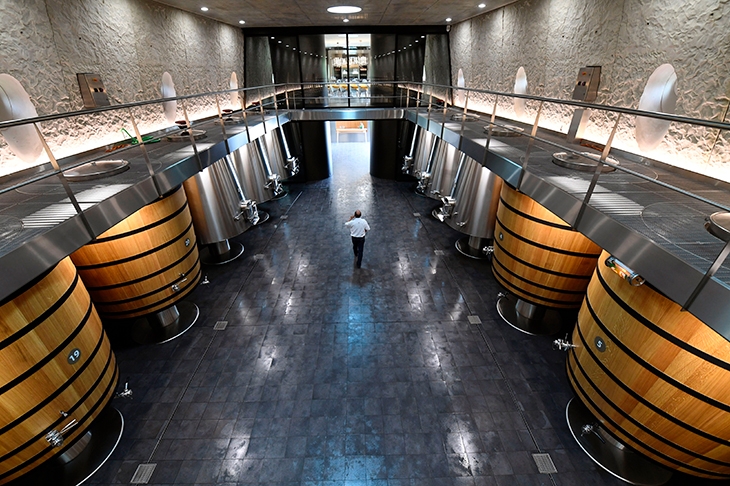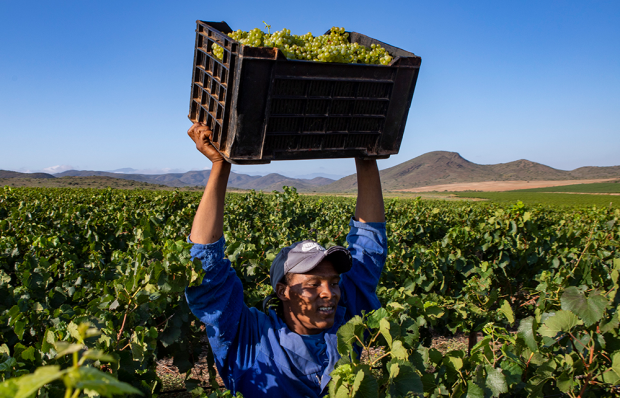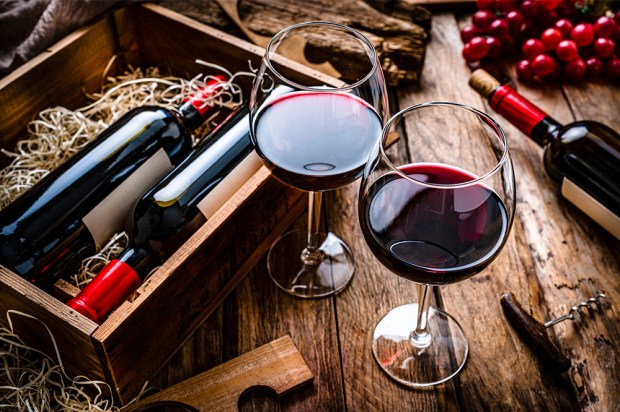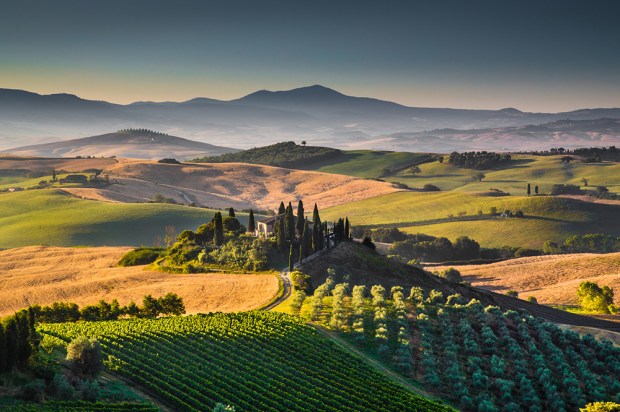It seemed a suitable topic for a bank holiday. We were discussing Haut-Brion, a bank-breaking wine. There is a question that is often asked. Which is the greatest claret, Haut-Brion, Lafite or Latour? I find that easy to answer: the one I have drunk most recently — not that I have tasted nearly enough of any of them. (I have heard at least one expert claim that post-war, there has been no greater claret than Haut-Brion ’59.)
Haut-Brion is a marvellous wine. Thomas Jefferson may have been the first to explain why. There is a good deal of gravel in the terroir, which seems to give the wine an intellectual depth: appropriate for Jefferson. Yet the initial impact on the nose is hardly an intellectual one. There are hints of an empty ash tray and the remains of a good cigar, plus sweaty leather. But it all adds up to a profound subtlety, and that is before the first sip.
Jefferson took some cases back to Virginia. These days, that might lead to the wine being cancelled or de-woked, or whatever. In substantial part, like his library, Jefferson’s cellar was purchased out of the profits from slave labour. The third president was a complex character. A squire from Virginia, he was uneasy about the growth of the great cities which were transforming America. But despite his ambivalence about Baltimore, Boston and New York, he turned out to be good at governing the new nation and winning elections. More-over, his dealings with France went far beyond wine. He was responsible for the Louisiana Purchase, crucial to the expansion of the United States.
Jefferson was not the first foreigner to note Haut-Brion’s merits. Charles II drank some as did John Locke, and Samuel Pepys extolled the virtues of Ho Bryen. But the palm should go to another American. Clarence Dillon’s story epitomises much that is best about the USA. The son of Polish Jews who had settled in Texas, he became a paladin of Wall Street, one of the richest men in the world and, in effect, an American aristocrat. Not just American: a granddaughter married into the Luxembourg royal family, the first commoner to do so. His relations with France were one of the most fruitful interchanges between France and America since the era of Lafayette.
In the 1930s, French wine-makers were suffering. The first world war and the Great Depression had drained many of their capital resources. Clarence Dillon saw his opportunity and bought Haut-Brion. Later his domain expanded, with the purchase of La Mission Haut-Brion. Today, it is regarded as one of the finest of the super-seconds, and an obvious candidate for promotion to first-growth status: a view enthusiastically endorsed in La Mission itself. Robert Parker has often rated La Mission above its grander kinsman, but he has a sweet tooth. It is true that La Mission seems to be more accessible earlier than Haut-Brion, but we are assessing competing excellences. Both estates also produce superb white wines. Over 80 years, the Dillons have devoted cash, expertise and love to this great project. As a result, they do not just have a wine business. They have a triumph.
On Monday, we drank two off-cuts. My friend had inherited a cellar, most of which will be converted into school fees. I hope the brats are suitably grateful. Two odd bottles had survived for delectation. The first was a ’67 Haut-Brion. It had never been regarded as a great year, and this bottle was just beginning to fade. Although there was still structure and fruit, it was a bit like drinking old silk. The second wine, an ’06 Bahans Haut-Brion, was very much at its peak.
Those wines have now been renamed Le Clarence de Haut–Brion, in honour of Clarence Dillon. The wine was worthy of the honour. Prince Robert of Luxembourg is now in charge of the Dillon empire. He is indeed producing princely wines.
Got something to add? Join the discussion and comment below.
Get 10 issues for just $10
Subscribe to The Spectator Australia today for the next 10 magazine issues, plus full online access, for just $10.
You might disagree with half of it, but you’ll enjoy reading all of it. Try your first month for free, then just $2 a week for the remainder of your first year.















Comments
Don't miss out
Join the conversation with other Spectator Australia readers. Subscribe to leave a comment.
SUBSCRIBEAlready a subscriber? Log in